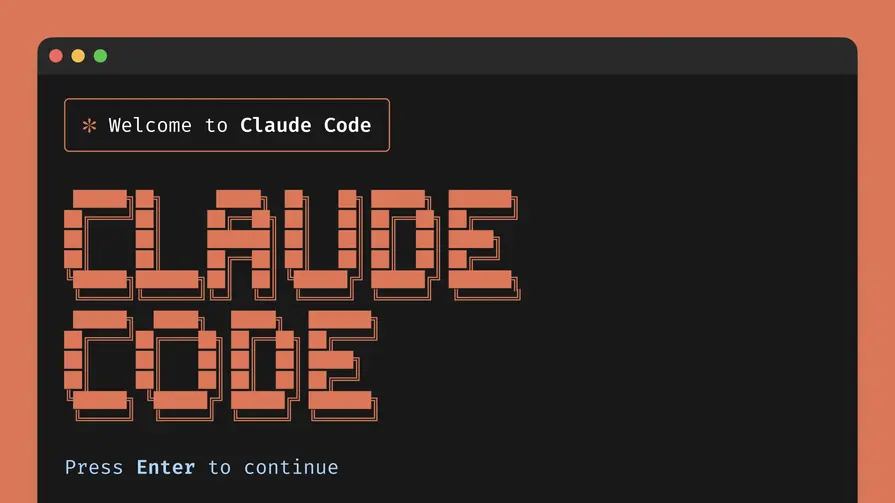AI Coding Tools: Speed Without the Scars

Lessons from the frontline
I’ve been building solo full-time for the past couple of years. That basically means I’ve had the freedom to spend way too much time talking to AI coding tools instead of other humans. Since GPT-4 dropped, I’ve swung back and forth between “the machines have replaced us” and “I'd have finished this faster by chiseling it into stone.”
I’ve tried Cursor, Claude Code, Gemini CLI, and a handful of other tools you’ve probably never even heard of (and maybe never should). I’ve been down in the trenches with this stuff long enough to collect both useful insights and a few emotional scars.
I’ve boiled my lessons down to two simple rules.
#1 Work in chunks you can actually validate.
When I'm writing code by hand, I work in tight feedback loops: write a small chunk of code, run it, check it works. Over and over, chunk by chunk, until the solution takes shape. That rhythm builds both deep understanding and confidence in the solution's robustness.
The trap
AI has changed that cadence. Instead of nudging forward in steps, you can now ask for the whole staircase at once. Amazing, right?
Wrong. You're now holding a black box. Is it secure? Is it maintainable? Will it explode when Dave from marketing tries to set a password of 50 crying-laughing emojis? Who knows.
Sure, you can code review it to within an inch of its life, but you’ll miss something. That’s why leading tech companies reject big PRs by default: no one can realistically review thousands of lines of code at once.
The fix
Split your task into chunks small enough to fully validate. Run it. Review it. Commit it. Move on.

When it matters most
How big those chunks should be depends on where the code sits in its lifecycle. For a quick prototype, you can get away with large chunks. But the closer you get to real users and real scale, the smaller those chunks should be.
"Smaller chunks of code = more understanding & more confidence = higher quality"
For mission-critical code, I still think nothing beats writing it by hand. The tight feedback loops it forces provide a value that's hard to measure but impossible to replace. It’s slower, sure. But so is a parachute, and nobody complains about that on the way down.
In that context, I still use AI to ask questions about the code and to help think through architecture. But when it comes to the actual implementation, I keep my hands on the keyboard.
A rough rule of thumb:
- Prototype → move fast, use big chunks
- Closer to production → tighten feedback loops, shrink the chunks
- Mission critical code → keep your hands on the keyboard
#2 Plan first, then code. You both need the context.
Validating chunks keeps you on track, but only if you know the destination. That’s why planning matters.
You need to collaborate with the AI on the architecture before a single line gets written. Talk through the problem, sketch possible solutions, look up existing approaches, and narrow it down until you’ve got a design that feels solid. This step builds your context and the AI’s.
The payoff is guardrails. With them, you can keep the AI working inside a well-marked lane. Without them, it’s like strapping yourself to a rocket and yelling “to the moon!” with no idea if it’s pointed at orbit or your neighbor’s shed.
So don’t skip the blueprint stage. Treat the AI as a brainstorming partner at the whiteboard, not a rogue contractor building a mystery house in your name.
Wrapping it up
AI coding tools are powerful, but they’re not magic. Left unchecked, they’ll happily hand you a staircase with missing steps or a rocket aimed at your neighbor’s shed.
Keep them inside guardrails, work in small chunks, and you’ll get the best of both worlds: speed without the scars.